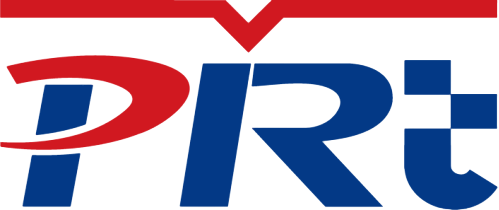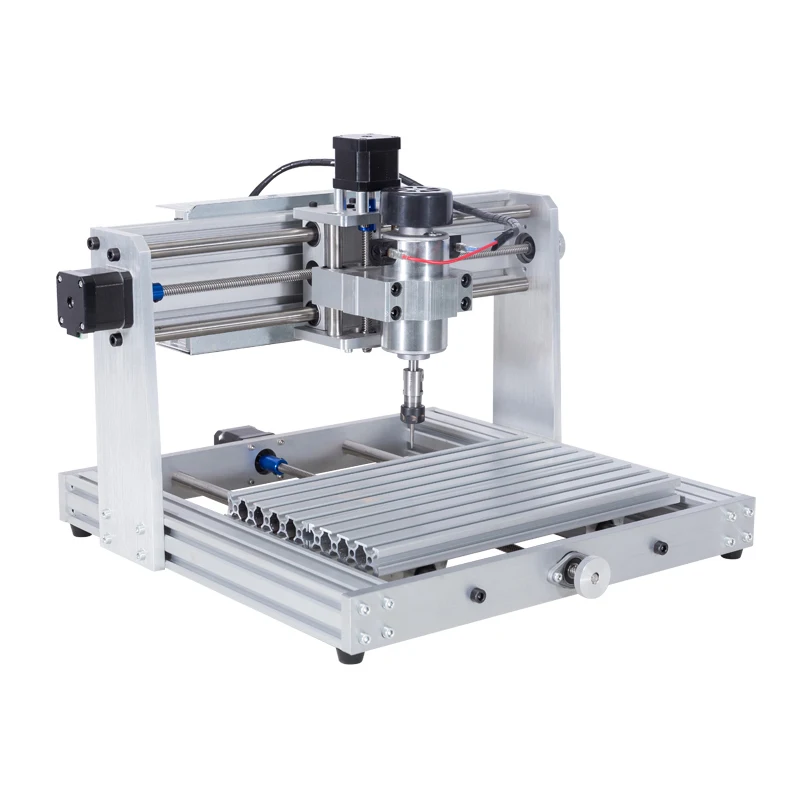When it comes time for us to take our digital designs and make a real thing with computers, there is an entire ontology between ourselves and the reality that is G-Code. Here is a closer look into how this amazing procedure actually functions!
Turning Ideas into G-Code
As we start to dive a bit deeper in the process of going from an idea to something real using digital fabrication, G-Code is one essential step. We code in this complicated language, as it is the bridge that informs our imaginative designs what exact instructions machines require to bring them alive. And for situations which require perfection on the manufacturing floor, our design -- irrespective of it being a simple 2D sketch or complicated 3D model-- has to be such that it can seamlessly translate into Error-free G-Code. Mysterious and convoluted, the G-Code rabbit hole may seem to be a leap too far down for great accuracy in your plans of fabrication - yet once you go through the nitty gritty complexity, everything is possible.
CAM Software to Create Accuracy G-Code from 2D Graphics
Now... think of a digital paper which is nothing until it becomes something. Translating from this canvas to the precise G-Code instructions we need can be, and is for me a delicate process given that these simple lines and curves must be mapped into fundamental building blocks of 3D printing (G Code). This commences by rendering out the vectors in Computer-Aided Design (CAD) programs such as AutoCAD or Inkscape for our very own Articad System, that accepts Scalable designs. Then these vectors will be stored in formats e.g. DXF or. SVG. This is done by Computer-Aided Manufacturing (CAM) software such as Fusion 360 or SketchUp that takes the created vectors and creates tool paths with machine-specific G-Code instructions. This intricate, step by step process of design/coding guides fabricates all in the slightest detail to outline a cut/ engrave trajectory.
Understanding 3D to G Code Translation
The transition from 2D to its complication-filled, still quasi-unexplored cousin of the design world is quite complex and you need an even higher imaginative power than usual. These specific STL files are what we start with in our process of turning 3D models into G-Code. MeshCAM, or the more professional Simplify3Dprocess these files to slice that part into layers essentially digital autoclave. The machine converts these layers into movement, in essence formed with X,Y and Z sentience. These advanced material removal strategies, think of adaptive clearing and concentric milling, allows us to remove as much material at the highest speed without sacrificing a nice surface finish. A good translator needs to understand hen he/she should draw the line on which tool selection, cutting parameters, and product geometry for a smooth translation cycle; as we will be discuss later.
G-Code' A Journey to Synch 2D Designs and CNC!
Software and hardware is ultimately the band-aid for friction between 2D design & Computer Numerical Control (CNC). Designers must also choose CAD and CAM packages that spits out precise G-Code instructions, along with the software run by those having compatibility with their CNC controller firmware. CAM software attributes, such as post-process scripts for output customization to suit specific machine types and capabilities Being able to accurately position materials as well machining depths depends on you knowing where your work offsets, zero points and tool lengths are. By specifically outlining these positions, the team can ensure that the digital plans are translated into something tangible and functional in as precise of a manner possible.
3D Module Master - G-Code Production
Dealing with 3D modules are subject to a well structured plan or comprehension of what needs to be done while slicing commenced Simulating before any material is cut can prevent error and streamline the production. Hence top of the line CAM tools has simulation capabilities to simulate how it is going to machine before will actually run on real Machine. It is of great importance in the event that you have doubts with parts before, to enable a calm work process for producing items if there should arise an occurrence of collisionobble. One of the best ways to reduce part tolerances and tool costs associated with removing leftover material following roughing is rest machining. With these three parameters becomes a burden, as long we use technology to forecast the G-Code instruction and correct before its execution; therefore predicting, finalizing and checking it in permissioned way produces impeccable results.
The Process of Going from Image to Code
Time is money in manufacturing and SUhner has plenty of time. We know that it can be hard to create physical products out of your digital designs. This can vary from establishing file type definitions and sharing pre-defined post processors across varying machines, to even more extensive automation of routine tasks through scripting or the features supported in a given software. Next, on the strength of your historic documentation with a parametric design-filter YTB you can quickly iterate and tweak without having to reconstitute that picture. By continually investing in their know-how, and keeping one ear to the ground on where CAD/CAM is going next - designers collectively position themselves at that razor-edge of idea conception meets physical reality - helping smooth (or microwave by many quarters) how we move from virtual ideation through that pipeline right into actualization. This serves to ensure the seamless process from design concept until production parts.
Conclusion: G-Code as art and/or science
This is where G-Code comes in; as this liberated voice, or language for those of you who prefer to say so - transforming Clara dreams into Matt Rockwell realities via the united powers of software + hardware and basic manufacturing knowledge Its both an artful precision... judicial science engineering that demands a deep understanding of know thy tools. By perfecting the methodology, and practicing making great things again-and-again... we will make our way with designers in tow to a utopia that CNC operators of old would have thought never existed.

